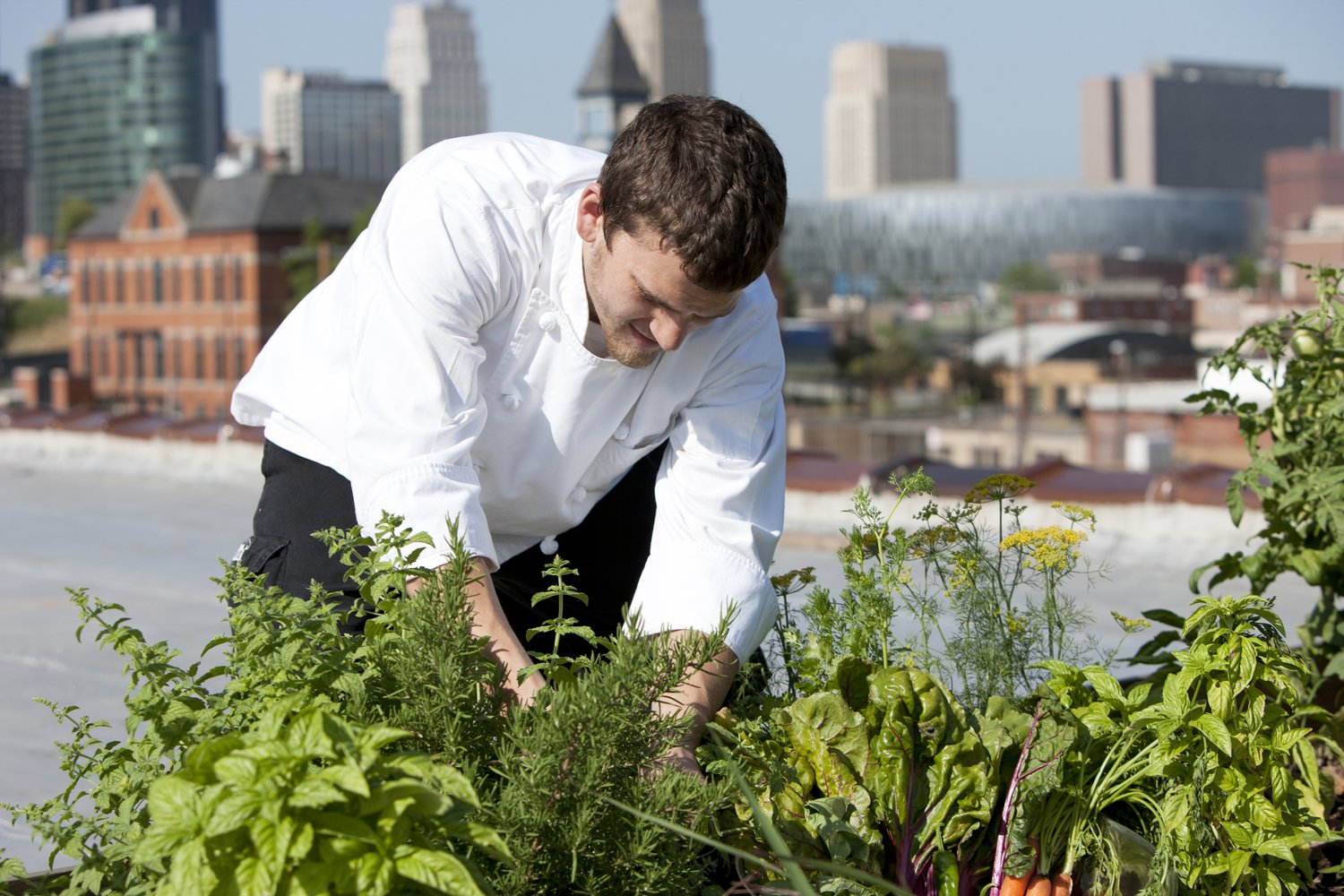Some Known Questions About City Blooming.
Table of ContentsCity Blooming Fundamentals ExplainedIndicators on City Blooming You Need To KnowThe Facts About City Blooming RevealedThe Best Guide To City BloomingAll about City Blooming
Fascinated in growing food for sale in the City of Chicago? Below is a checklist of regularly asked concerns regarding the guidelines and policies that farmers ought to take into consideration when preparing an urban agriculture task.
The zoning amendment does not change any type of various other codes taking care of composting, building licenses, purchasing or leasing City owned residential or commercial property, organization licenses or environmental contamination. There are existing codes that control these concerns and they stay completely result and may be relevant to your project. Area yards are usually possessed or managed by public entities, civic organizations or community-based companies and kept by volunteers.
Urban ranches grow food that is meant to be marketed, either on a not-for-profit or for-profit basis. Due to their commercial purpose, urban farms call for a business license.
Getting My City Blooming To Work
The quantity of compost product can not go beyond 25 cubic lawns at any type of offered time according to the criteria in 7-28-715 of the City's Municipal Code. Since the dirt at a lot of new yard sites requires amending, garden compost, dirt, wood chips, or other materials can be gotten to create or enhance the expanding room.

If a structure permit is called for after that the hoophouse will be considered an accessory structure. You can discover even more regarding the building license demands by calling the Department of Structures. The 25,000-square-foot size restriction is intended to avoid a single community garden from dominating a provided block or detracting from the block's existing property or industrial character.
The restriction does not put on yards located in Public Open Room (POS) districts. Can there be greater than one area garden that is 25,000 square feet on a solitary block? Yes. The size limitation uses to private yards, not to individual blocks. No. Fence is not needed, however, yards that have huge parking lot might be called for to install fence or various other landscaping functions.
7 Easy Facts About City Blooming Explained
B1 & B2 districts call for that all industrial use tasks be performed inside your home. Is fencing required for city ranches? Fences might be called for, along with landscaping and testing, for specific auto parking areas and outdoor job or storage space locations depending on location and the details task taking location.
Urban ranches need building permits and zoning authorizations prior to building (landscaping). Other kinds of city evaluation might be required depending on details structures, tasks, size, landscape design, licensing, public heath and stormwater monitoring problems.
The Division of Business Affairs and Customer Defense can help identify the details kind of company permit that's called for. Off road auto parking is needed for most industrial jobs in Chicago. The called for number of parking spaces is based on the number of staff members functioning on website and not the square footage of the growing area.
City Blooming Can Be Fun For Anyone

Yes. A city ranch can sell compost material produced on website, however, the operation needs to abide by the regulations in 7-28-715 of the Chicago Municipal Code. Yes. Aquaponic systems are enabled inside your home on city ranches in many zoning districts. Nevertheless, a zoning testimonial and structure permit is required in order to install structures or systems and a service certificate is called for as defined over.
Approximately 5 hives or nests of honey bees may be maintained as an accessory usage. Nonetheless, beekeepers need to sign up with the Illinois Department of Agriculture. To learn more concerning the recommended zoning change you may get in touch with the Department of Housing and Economic Development, Bureau of Preparation and Zoning at 312.744.8563.
Farming in cities and city locations An urban ranch in Chicago. Urban farming refers to numerous methods of cultivating. https://moz.com/community/q/user/cityblooming, handling, and dispersing food in metropolitan areas. The term likewise applies to the area tasks of pet husbandry, aquaculture, beekeeping, and gardening in a metropolitan context. Urban agriculture is distinguished from peri-urban farming, which happens in country locations at the side of suburban areas.
The Definitive Guide to City Blooming
It can entail a motion of organic farmers, "foodies" and "locavores", who look for to develop social networks based on a common ethos of nature and area holism. These networks can establish using official institutional assistance, ending up being integrated right into regional town as a "change town" motion for lasting metropolitan growth.
In either case, the extra direct access to fresh vegetable, fruit, and meat items that might be understood via urban farming can enhance food security and food security while lowering food miles, leading to lower greenhouse gas emissions, hop over to here consequently adding to environment adjustment reduction. Some of the first evidence of metropolitan agriculture comes from Mesopotamia.